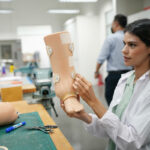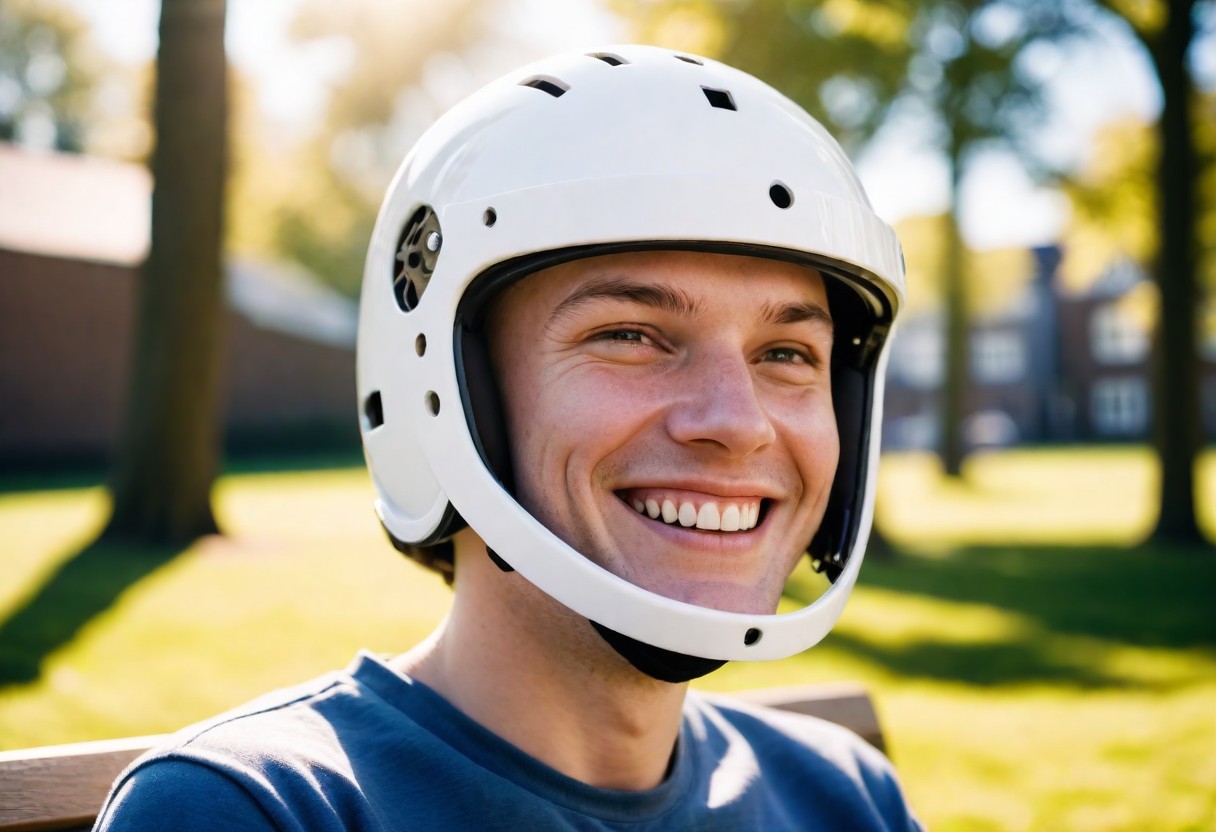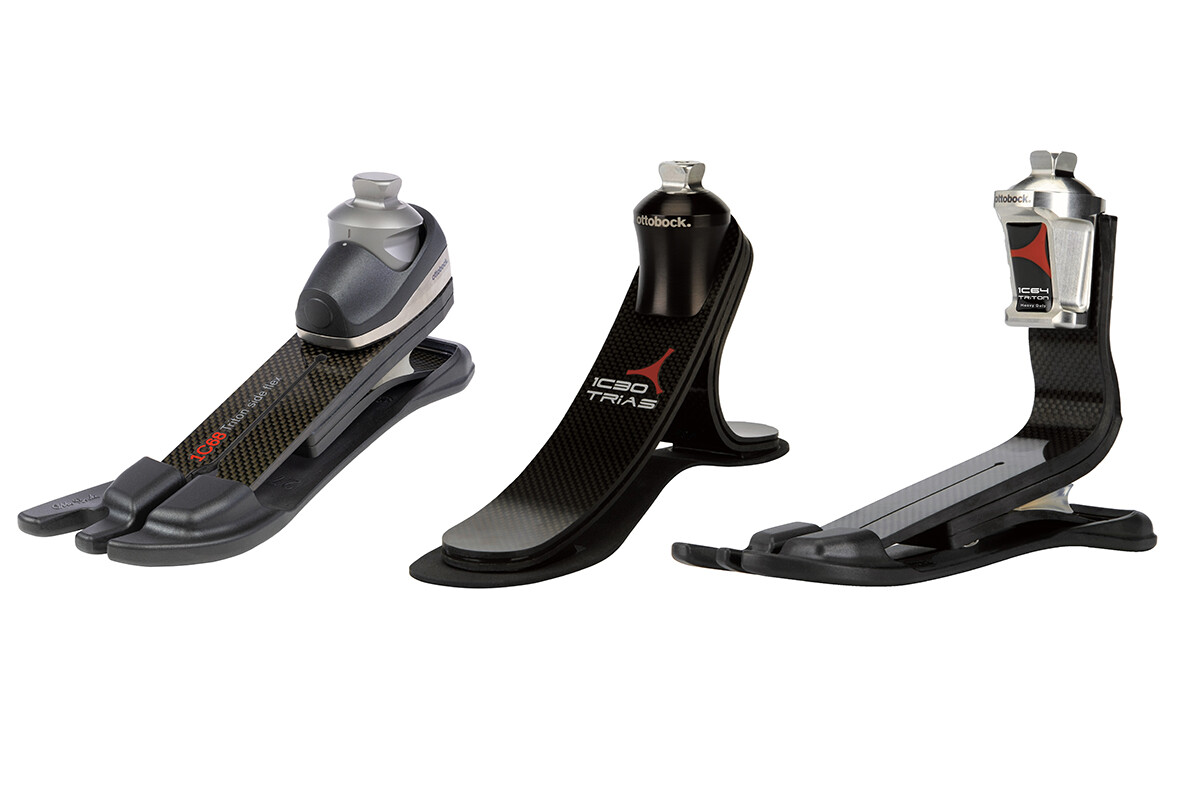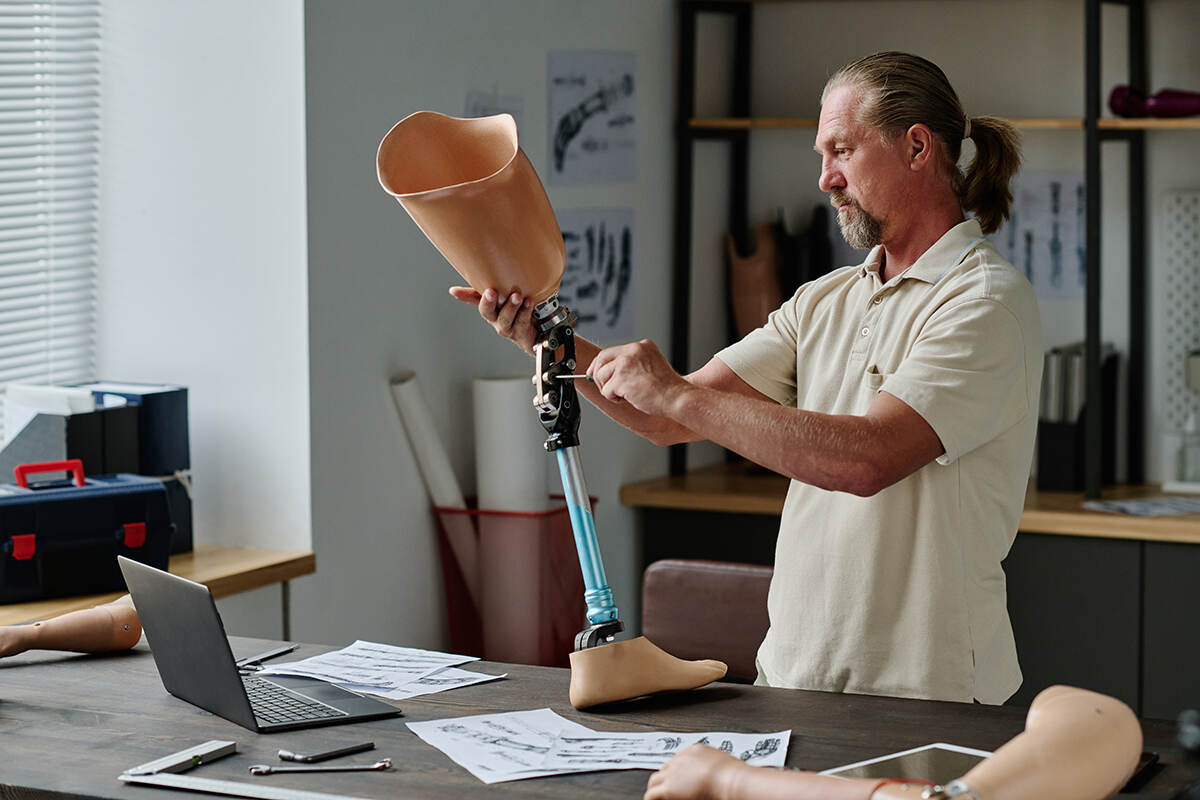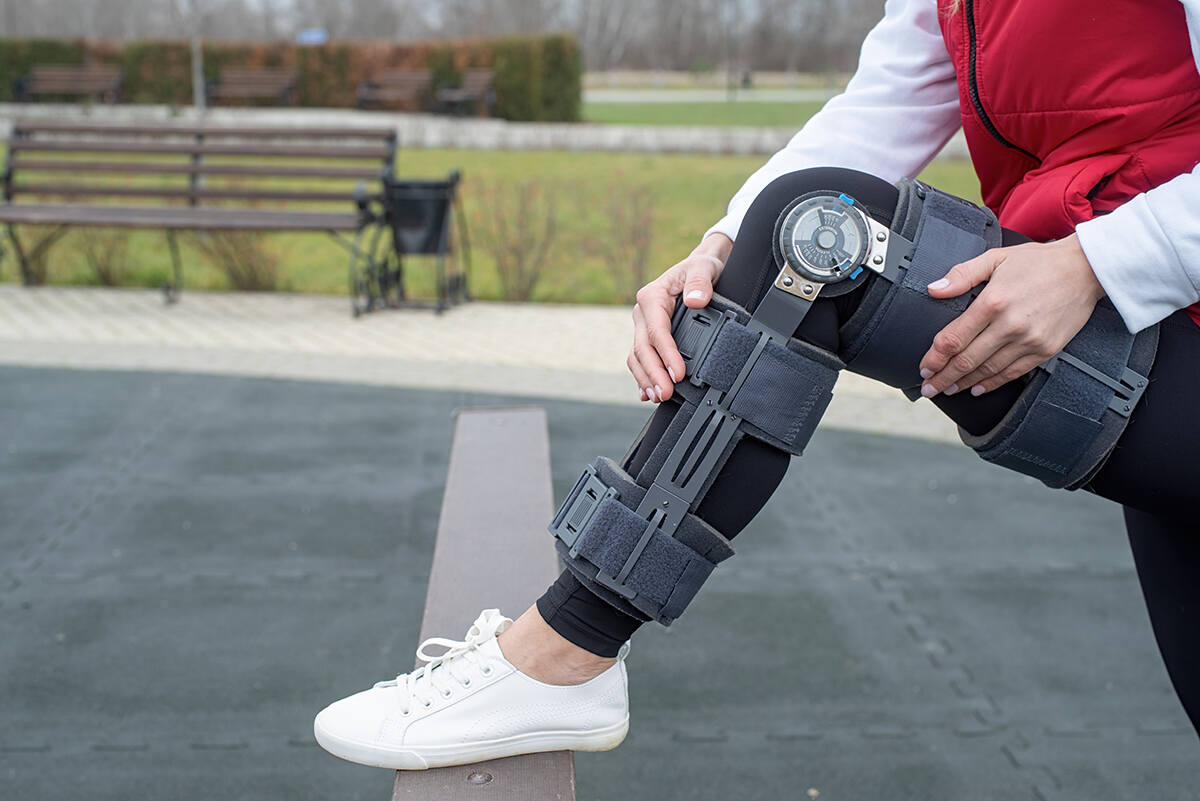Imagine a world where individuals with lower limb amputations can walk with ease, navigate slopes, and experience unparalleled comfort and stability. This is the reality made possible by the microprocessor prosthetic foot (MPF). In this blog post, we will delve into the world of microprocessor prosthetic feet, exploring their evolution, mechanics, and the life-changing benefits they offer users.
Key Takeaways
- MPFs provide enhanced mobility, stability and energy efficiency for individuals with lower limb amputations.
- Clinical research has demonstrated that MPF prostheses offer improved comfort, reduced back pain and better gait compared to traditional prosthetics.
- Gait training techniques maximize the use of MPF features to increase mobility and independence in everyday life.
Understanding Microprocessor Feet
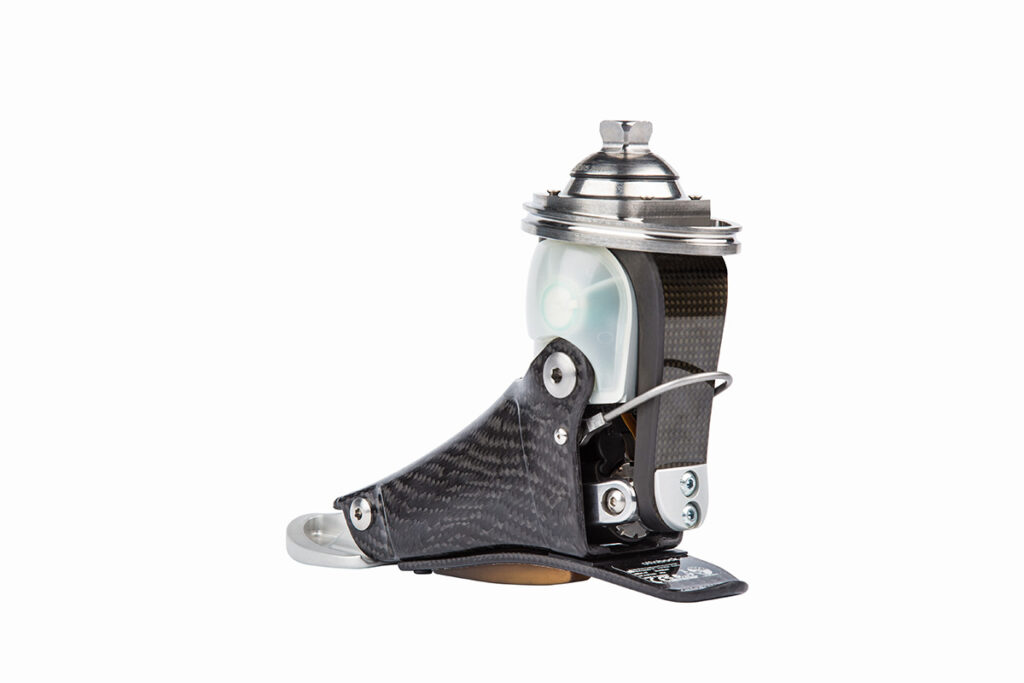
Microprocessor-controlled prosthetic feet (MPFs) have revolutionized the world of prosthetics for individuals with lower limb amputations. Utilizing computer technology and adaptive microprocessor controlled ankle-foot systems, MPFs provide a more natural gait sensation and enhanced mobility. Designed to restore lost mobility, MPFs are particularly beneficial for those who require prosthetic knee joints.
The Evolution from Passive to Adaptive Prosthetics
The history of prosthetics can be traced back thousands of years, with early examples consisting of wooden and leather components. As technology and materials advanced, prosthetic designs evolved to better serve the needs of individuals with lower limb amputations, such as unilateral trans-tibial amputees. One significant development was the introduction of passive hydraulic ankle systems, which paved the way for modern, adaptive microprocessor-controlled ankles.
Prosthetists now face the challenge of selecting the best ankle-foot component for their patients, balancing knee flexion and stability. The advent of energy-storing-and-returning (ESR) feet significantly improved walking ability on level surfaces compared to conventional solid-ankle cushioned-heel feet. However, the true game-changer was the innovation of adaptive microprocessor-controlled ankles, which offered superior adaptability to changes in terrain and revolutionized prosthetic feet design.
Key Features of Microprocessor-Controlled Feet
MPFs come with a myriad of advantages over conventional prostheses, providing improved adaptability, responsiveness, and energy efficiency. The microprocessor-controlled prosthetic foot incorporates sensors that detect changes in direction and speed of movement, adjusting the flexion angle of the ankle accordingly. In turn, this advanced functionality enables better toe clearance during the swing phase and smoother step transitions, significantly enhancing user mobility.
Assessing ankle range of motion (ROM) and knee angles is a key part of gait analysis in MPFs. These factors are fundamental in achieving an efficient and steady gait. MPFs have shown significant benefits in this regard, offering a greater ankle ROM and optimized knee angles compared to conventional prostheses, resulting in improved gait and stability.
Moreover, MPFs are engineered to adjust to various terrains, like slopes and uneven ground, providing users with enhanced stability and mobility, and also support on different surfaces and improving user balance.
The Mechanics of Movement: How MPFs Enhance Mobility
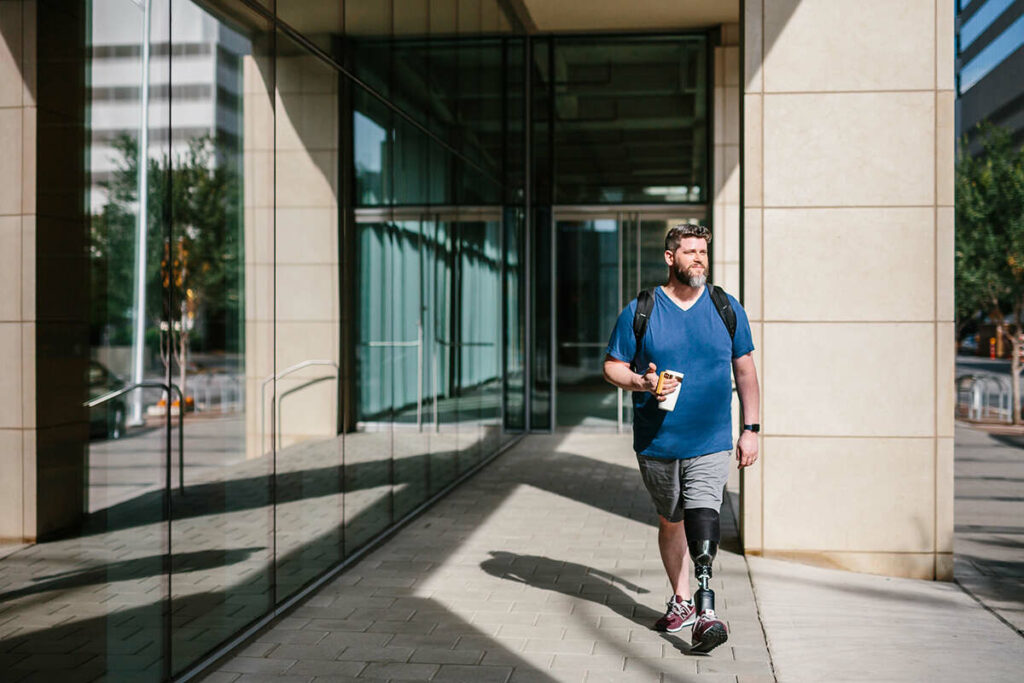
Gait Analysis: The Role of Ankle ROM and Knee Angles
Ankle ROM and knee angles are fundamental in gait analysis, influencing the efficiency and steadiness of walking. MPFs have shown considerable improvements in these aspects, enabling a more natural and dynamic gait pattern. The increased ankle ROM provided by MPFs can offer better joint alignments on inclines, allowing users to walk more comfortably on slopes.
Also, combining MPFs with active prosthetic knees can enhance gait through exact control and adjustment of the prosthetic knee. This results in better balance, gait speed, and overall mobility for individuals with lower limb amputations.
The progress in MPF design and their combination with active prosthetic knees have undeniably transformed how amputees overcome daily challenges.
Adapting to Environments: Slope Walking and Uneven Ground
MPFs are engineered to provide enhanced adaptability to various terrains. The foot is equipped with sensors and microprocessors that detect changes in terrain and adjust the foot’s position and stiffness accordingly.
In a study comparing MPFs to conventional prostheses, it was found that users with MPFs experienced:
- Improved gait and daily activities in transfemoral amputees
- Better posture and reduced residual knee moment on slopes
- Increased energy storage, peak push-off power, and more in the prosthetic limb
The advanced technology and features of MPFs not only enhance user mobility but also provide greater confidence in the foot’s performance, reducing the trip related fall risk and the risk of stumbles.
The ability to navigate slopes and uneven terrain with ease using MPFs has a profound impact on users’ lives, allowing them to participate in activities that may have been previously challenging or impossible. With the continuous advancements in MPF technology, the future holds even more promise for those with lower limb amputations.
User Experiences: Prosthetic Limb Users Survey

A survey of prosthetic limb users revealed the positive impact of MPFs on various aspects of their lives, including mobility, independence, comfort, and confidence. The survey results indicate that the use of MPFs significantly improves physical function and mobility, as well as socket comfort and back pain reduction.
Mobility and Independence
The survey findings underscore the advantages of MPFs in enhancing users’ mobility and independence. Users reported enhanced physical function, better walking on slopes, and increased symmetry in external work, all contributing to greater autonomy and improved quality of life.
Moreover, MPFs have been proven to enhance gait mechanics, rectify foot drop and foot inversion, and lower walking energy consumption. These benefits collectively make a significant difference in the daily lives of individuals with lower limb amputations, enabling them to move more freely and confidently.
Comfort and Confidence
MPF users reported increased comfort and confidence compared to those using conventional prostheses. This can be attributed to the enhanced biomechanical performance of MPFs, which not only improves mobility but also provides a more natural and comfortable walking experience.
Moreover, the advanced technology and features of MPFs give users a greater sense of control over their prosthetic limb, further boosting their confidence in its performance. These factors contribute to an overall improved quality of life for individuals using microprocessor-controlled prosthetic feet.
Comparative Effectiveness: MPF vs. Conventional Prostheses

When comparing the effectiveness of MPFs to conventional prostheses, clinical research and biomechanical analysis findings reveal a clear advantage for MPFs. Users experience:
- Improved socket comfort
- Reduced back pain
- Better gait and daily activities in transfemoral amputees
- Improved biomechanical performance when walking on slopes and ramps.
Clinical Research Insights
Clinical research comparing MPFs to traditional prostheses have demonstrated that MPFs provide considerable benefits relating to mobility, stability, and energy usage. In one study, it was found that PROMIS-PF T-scores significantly improved for patients when using MPFs compared to their non-MPFs.
These findings point to the potential of MPFs to greatly enhance the quality of life for individuals with lower limb amputation, offering improved physical function, better walking on slopes, increased symmetry in external work, and other advantages that contribute to a more fulfilling and independent lifestyle for those adapting to their residual limb.
Biomechanical Analysis Findings
Biomechanical analysis comparing MPFs to traditional prosthetic feet has shown that MPFs can enhance physical function and ambulation on uneven terrain. Studies have demonstrated an increase in slope and uneven terrain ambulation when using MPFs in individuals with lower limb amputations.
Additionally, the use of MPFs has been linked to a positive effect on physical function as measured by PROMIS-PF. These findings underscore the superiority of MPFs over conventional prosthetic feet in terms of biomechanical performance and overall user satisfaction.
Technological Innovations: The Latest in MPF Design
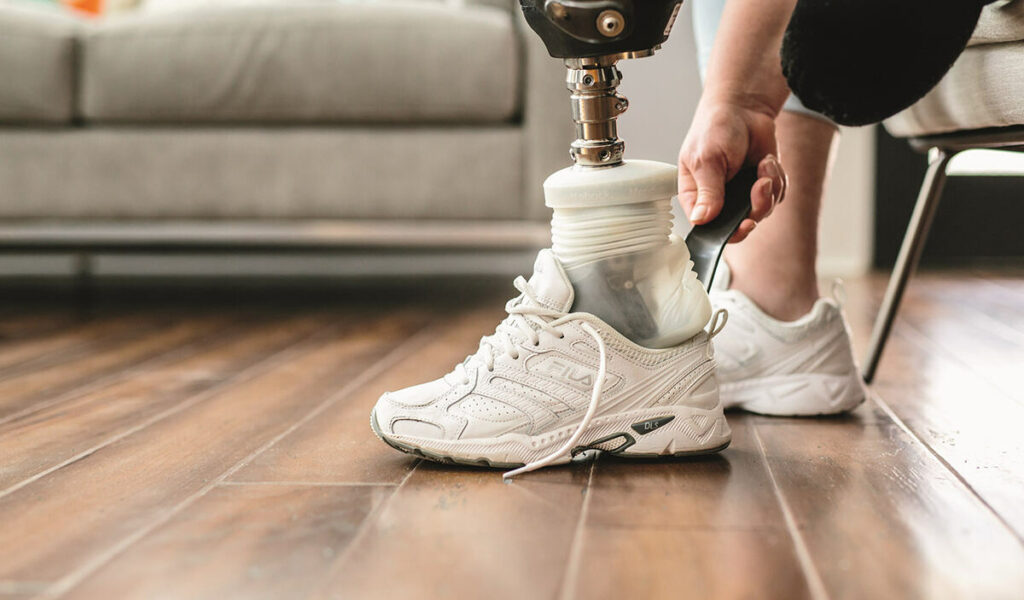
The field of MPF design is continually advancing, with recent innovations offering users even greater mobility, adaptability, and comfort. These breakthroughs include enhancements in ankle-foot systems and integration with active prosthetic knees, both of which contribute to a more natural and efficient walking experience.
Breakthroughs in Ankle Foot Systems
Recent innovations in ankle-foot systems for MPFs include the development of hydraulic and pneumatic systems that offer dynamic adjustment of viscoelastic damping properties for greater adaptation and improved performance compared to conventional ankle foot mechanisms. These cutting-edge technologies have been instrumental in furthering understanding and advancements in the field of prosthetics, particularly in the development of the adaptive ankle foot system.
Moreover, new materials like fibrillated polypropylene fibers (FPFs) and flexible, biocompatible metal peptide frameworks have been used in the design of MPFs, providing enhanced durability and biocompatibility for microprocessor prosthetic foot design.
Integration with Active Prosthetic Knees
The integration of MPFs with active prosthetic knees offers the potential for even greater mobility and adaptability for users. By connecting the microprocessor-controlled foot to the active knee joint, a coordinated movement and control between the foot and knee can be achieved, thus enhancing the functionality and stability for the user.
Advances in technology have enabled the utilization of microprocessor-controlled systems to improve the integration of MPFs with active prosthetic knees, allowing for greater precision in the control and adjustment of the prosthetic knee, resulting in improved balance, gait speed, and overall mobility for individuals with lower limb amputations.
Real-world Application: Training and Everyday Use
In the real world, MPF users face various challenges in their daily lives. Gait training techniques and practical strategies for navigating daily challenges are essential for optimizing the use of these advanced prosthetic feet and achieving the best possible outcomes in terms of mobility, stability, and independence.
Gait Training Techniques
Gait training techniques for MPF users aim to maximize mobility and adaptability, using visual feedback, verbal cues, and tactile cues to aid users in learning the effective use of the prosthetic foot. Additionally, specific exercises and techniques may be incorporated to optimize the utilization of the microprocessor-controlled features of the foot.
These training methods help users develop muscle memory, build endurance, and retrain their legs for normal and safe walking, ultimately improving their overall mobility and quality of life.
Navigating Daily Challenges
Daily challenges like walking on uneven surfaces, climbing stairs, and navigating slopes can be tackled with the use of MPFs. These advanced prosthetic feet offer improved biomechanical performance, allowing users to navigate challenging environments with greater ease and confidence.
By providing a more natural and dynamic walking experience, MPFs enable users to participate in activities that may have been previously challenging or impossible, ultimately enhancing their quality of life and independence.
Frequently Asked Questions
What are the main benefits of microprocessor-controlled prosthetic feet (MPFs)?
Microprocessor-controlled prosthetic feet offer improved adaptability, responsiveness and energy efficiency, providing users with enhanced mobility, stability and comfort.
How do MPFs enhance gait mechanics and walking ability?
MPFs enhance gait mechanics and walking ability by adjusting the ankle flexion angle to optimize knee angles and increase range of motion (ROM).
What are the advantages of MPFs for walking on slopes and uneven terrain?
MPFs provide enhanced stability and mobility when walking on slopes and uneven terrain by adjusting the foot’s position and stiffness accordingly, making them ideal for adapting to different terrains.
How do recent innovations in ankle-foot systems affect MPF user mobility and comfort?
Recent innovations in ankle-foot systems, such as hydraulic and pneumatic systems, offer dynamic adjustments for increased adaptation and performance, providing MPF users with enhanced mobility and comfort.
What is the potential impact of integrating MPFs with active prosthetic knees?
Integrating MPFs with active prosthetic knees can enhance user functionality and stability by providing coordinated movement and control between the foot and knee, thereby improving gait mechanics, balance, and mobility.



